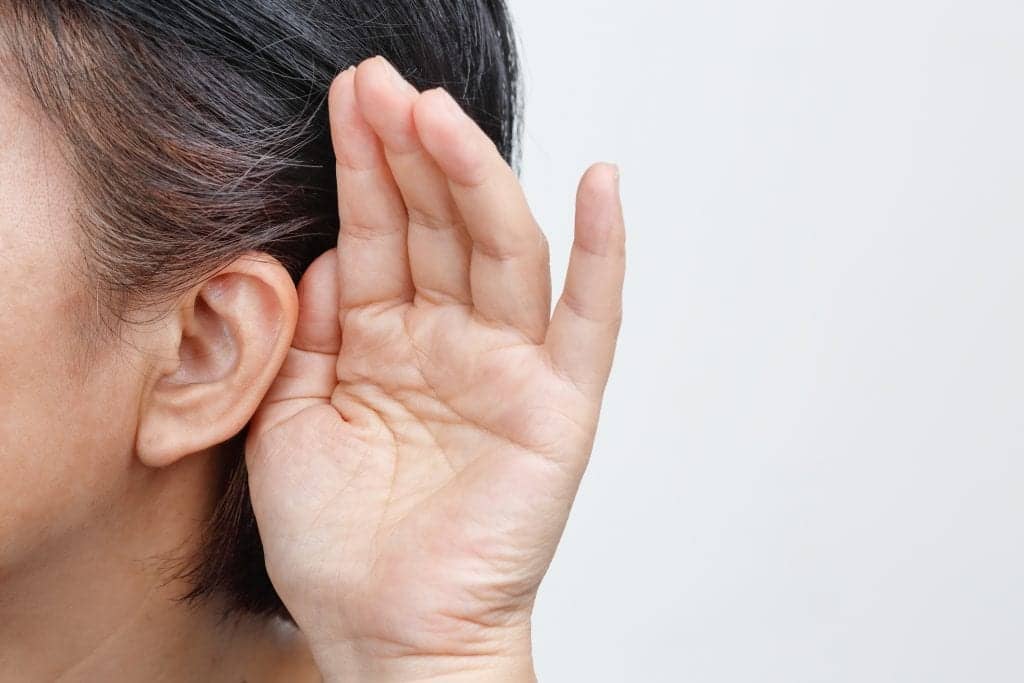National Acoustic Laboratories (NAL), the research division of Hearing Australia, announced that it conducted a study that has seen consumers and hearing professionals from across Australia reach “a world-first consensus on how the success of hearing rehabilitation should be measured¹.”
Related article: NAL Update: Impact of Face Masks and Face Shields on Communication
In Australia, this evaluation has often been based on how many hearing aids are sold over a period of time. The consensus signals a shift towards a more client-centric measurement of rehabilitation success. This has been achieved by considering factors that are meaningful to people who receive hearing rehabilitation services and represent the genuine positive impact that hearing rehabilitation has on their day-to-day lives.
“This is a significant step as, until now, we’ve seen measurements of benefit vary widely between countries and even between clinicians within countries, including Australia,” said Dr Melanie Ferguson, head of audiological science at NAL. “In our world-first consensus study, we were able to systematically obtain consensus on how to measure quality-of-life improvements provided by hearing healthcare services. The final recommendations are to use client-centric outcome measures for the following areas: communication ability, well-being, personal relationships, and participation in everyday life.”
To make this client-focused, consumers played a critical role, not only in participation in the study, but also in its design. Over 100 people participated, including people with hearing loss, their families, healthcare professionals, service providers, hearing aid companies, researchers, and charities, in the multi-staged project. The research was extensive following a scientific and data-driven process, involving scoping workshops, a series of nationwide consensus surveys and a consensus workshop.
The result showed strong support for hearing evaluation based on client-centred outcomes. NAL has provided recommendations to the Department of Health as to which and how these measures can be used moving forward.
“The person with hearing loss is at the heart of everything we do, so we ensured our research was person-centered to give us meaningful results that focus on peoples’ everyday lives,” said Ferguson.
“People with hearing loss benefit from hearing aids and other hearing rehabilitation in so many ways,” says Dr Brent Edwards, NAL Director. “This research identified how best to measure those benefits by focusing on how people’s lives have improved from hearing health services. Any hearing health service provider can take on these recommendations and begin to understand how well their services are benefiting their clients.”
Hearing Australia, the nation’s largest provider of government-funded hearing services, is taking on these recommendations.
“Our vision is to provide world-leading research and hearing services for the well-being of all Australians. We have a clear responsibility to deliver the best possible hearing health care for our clients and the communities we serve,” said Kim Terrell, Hearing Australia managing director. “Our services are essential for our clients, particularly given the importance of people being able to hear and communicate with their families, communities, health professionals, and workplaces. Our research leads to new innovations in hearing health care and insight into how to better treat those with hearing health needs. To ensure that we deliver on our promise to Australians, we will be piloting the use of NAL’s recommended person-centered outcome measures in our centers across the country.”
To read the full report click here.
References
¹ Allen D, Ferguson M, Jevelle P, et al. National Acoustic Laboratories (NAL). Defining Outcomes for the Hearing Services Program. https://www.nal.gov.au/wp-content/uploads/sites/2/2021/04/Defining-outcomes-for-the-Hearing-Services-Program.pdf.
Source: NAL






